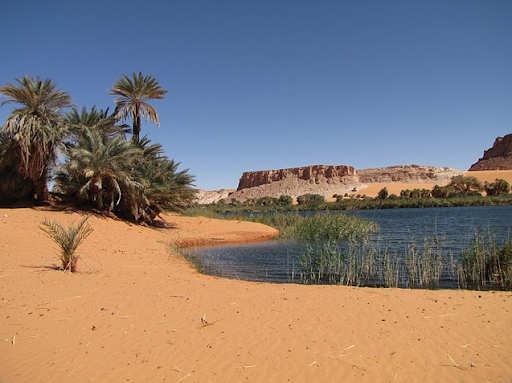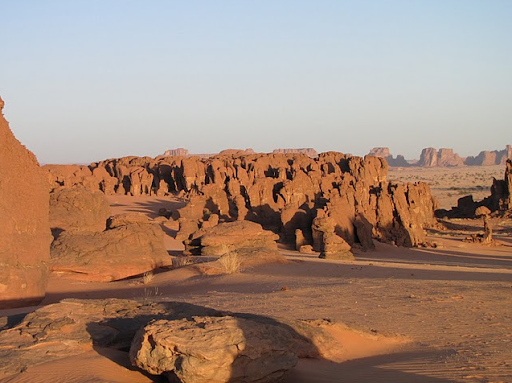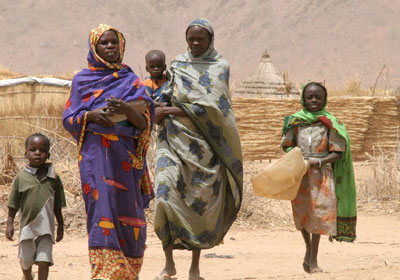| CHAD |  |
| MAP | Africa |
|
|
Chad is divided into multiple regions: a desert zone in the north, an arid Sahelian belt in the centre and a more fertile Sudanese savanna zone in the south. Lake Chad, after which the country is named, is the largest wetland in Chad and the second largest in Africa. Chad's highest peak is the Emi Koussi in the Sahara, and N'Djamena, the capital, is the largest city. Chad is home to over 200 different ethnic and linguistic groups. Arabic and French are the official languages. Islam and Christianity are the most widely practised religions.
Beginning in the 7th millennium BC, human populations moved into the Chadian basin in great numbers. By the end of the 1st millennium BC, a series of states and empires rose and fell in Chad's Sahelian strip, each focused on controlling the trans-Saharan trade routes that passed through the region. France conquered the territory by 1920 and incorporated it as part of French Equatorial Africa.
In 1960 Chad obtained independence under the leadership of François Tombalbaye. Resentment towards his policies in the Muslim north culminated in the eruption of a long-lasting civil war in 1965. In 1979 the rebels conquered the capital and put an end to the south's hegemony. However, the rebel commanders fought amongst themselves until Hissène Habré defeated his rivals. He was overthrown in 1990 by his general Idriss Déby. Recently, the Darfur crisis in Sudan has spilt over the border and destabilised the nation, with hundreds of thousands of Sudanese refugees living in and around camps in eastern Chad.
While many political parties are active, power lies firmly in the hands of President Déby and his political party, the Patriotic Salvation Movement. Chad remains plagued by political violence and recurrent attempted coups d'état.
The country is one of the poorest and most corrupt countries in the world; most Chadians live in poverty as subsistence herders and farmers. Since 2003 crude oil has become the country's primary source of export earnings, superseding the traditional cotton industry.








No comments:
Post a Comment